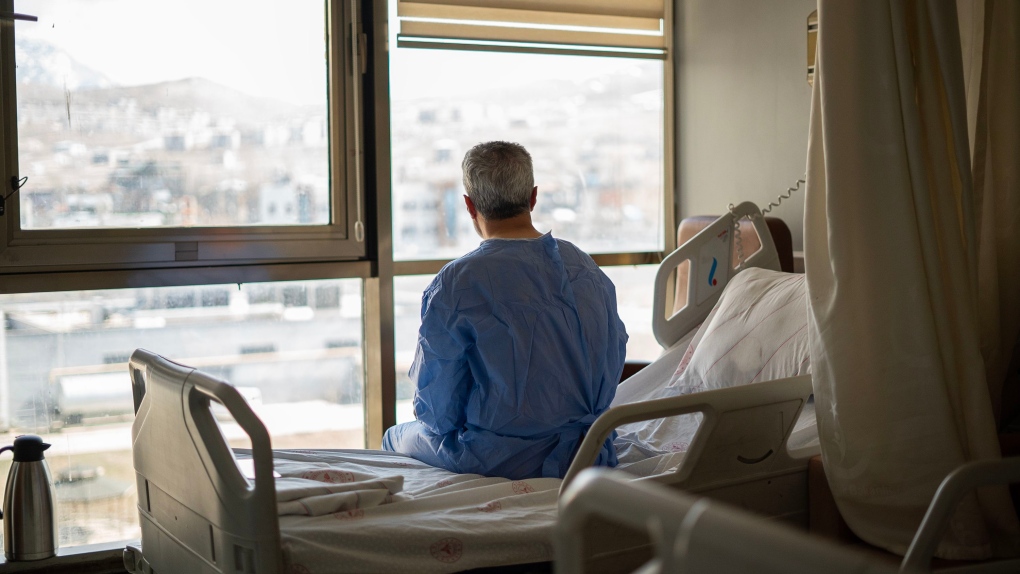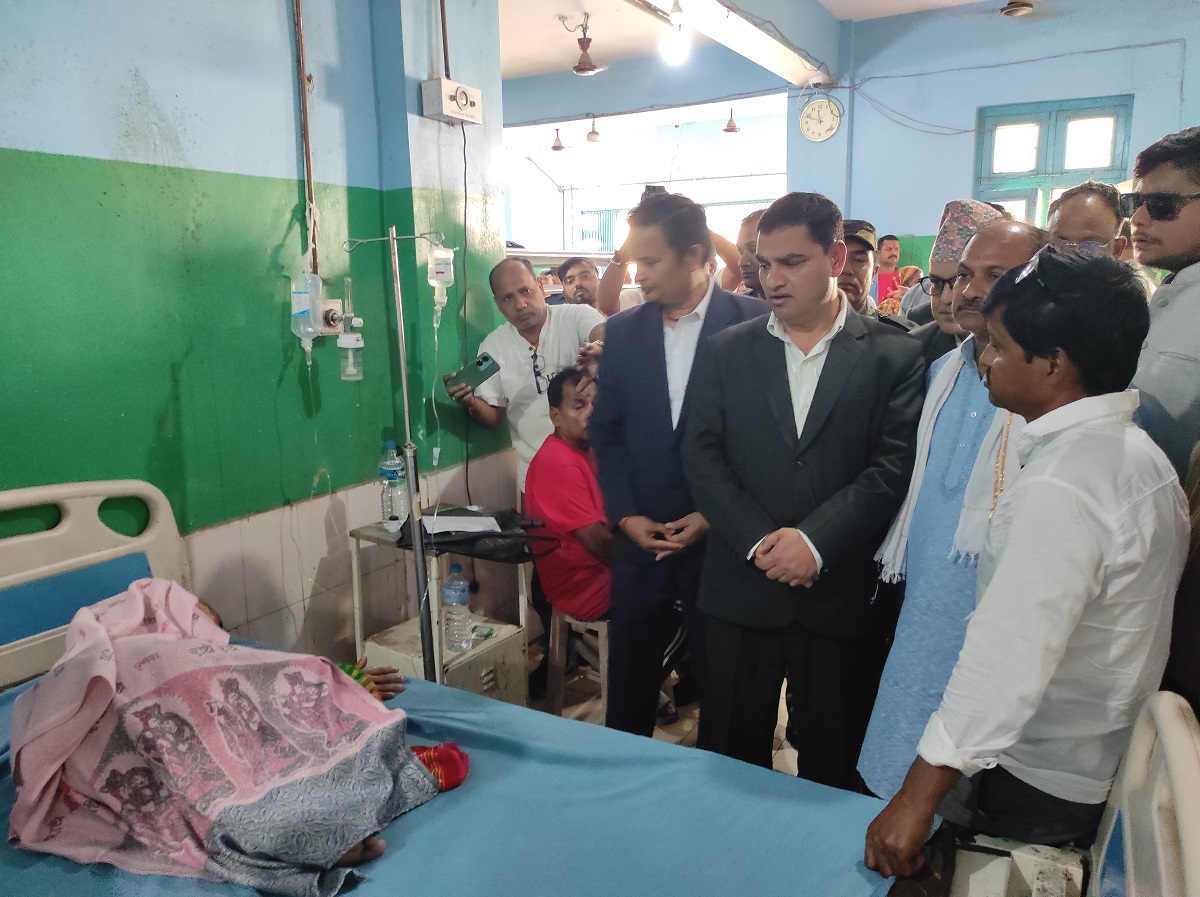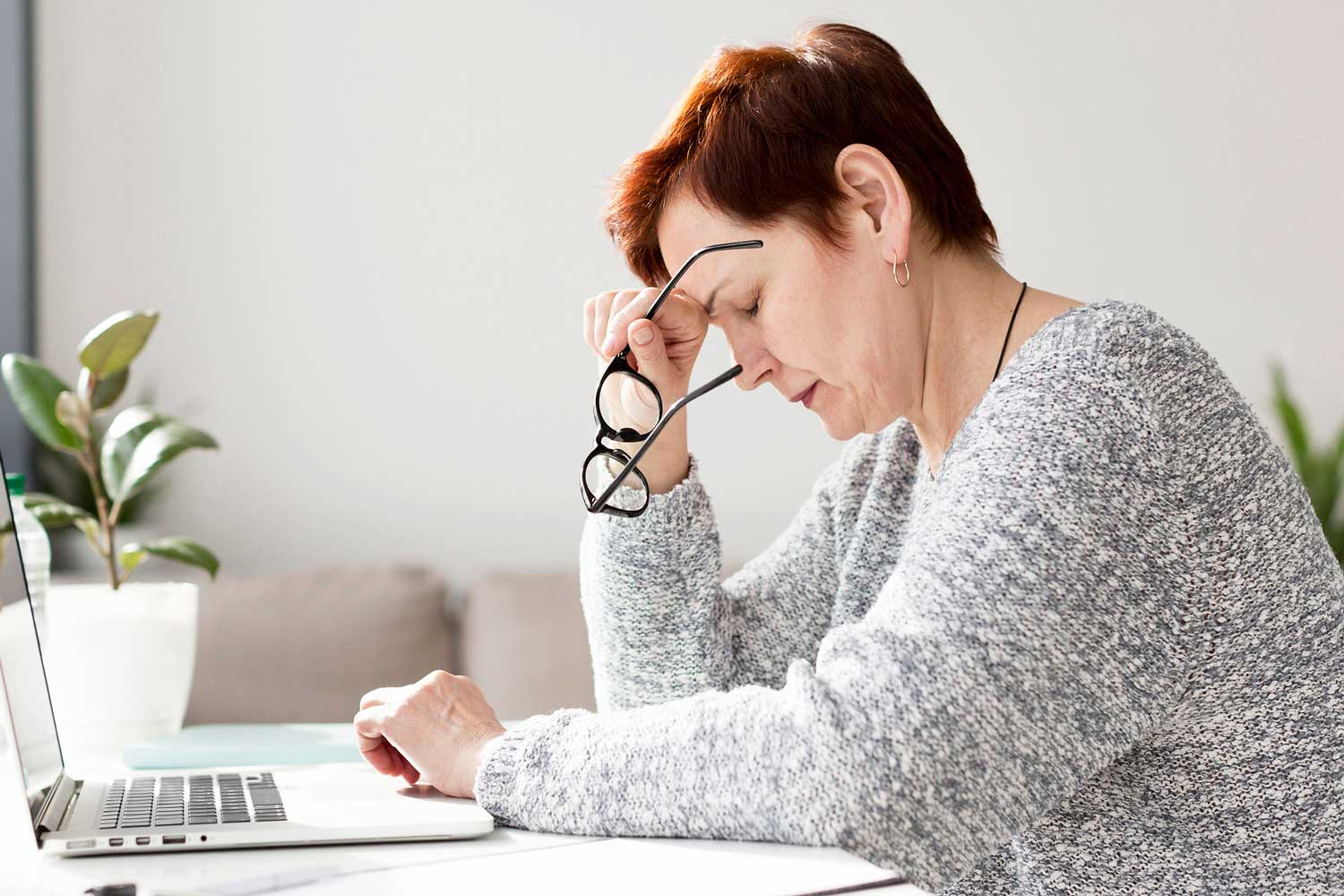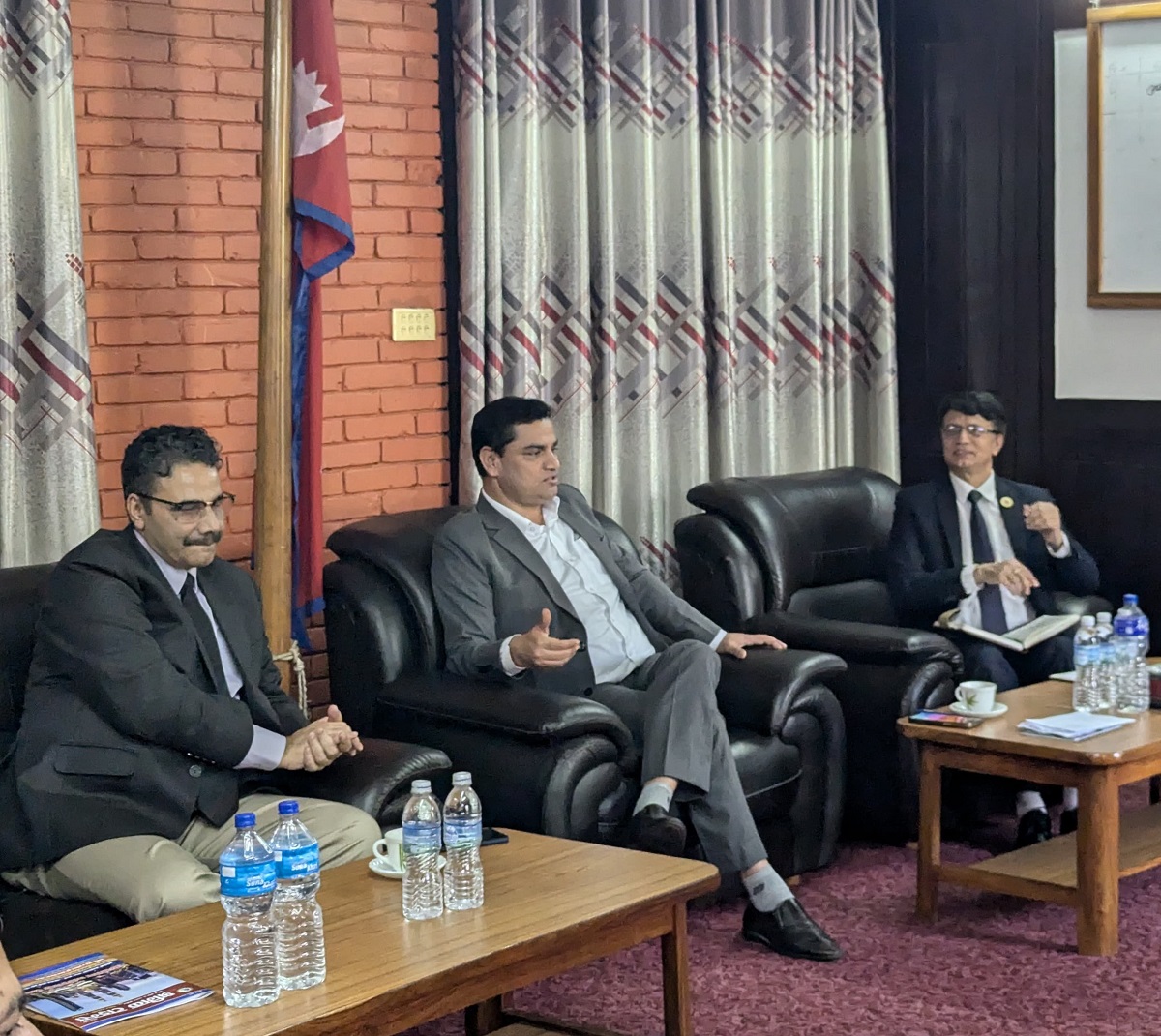Home Remedies and Lifestyle Changes to Help Your Back Pain
Get relief from back pain with these tips.

Back pain has an amazing ability to stop you in your tracks. And most of us know the feeling. Studies show that around 80% of people get hit with low back pain at least once in their lives.
The good news? Most episodes of back pain will improve within days or weeks and not turn into a chronic problem.
But you don’t have to take back pain lying down. (In fact, you shouldn’t.) Pain management expert Robert Bolash, MD, discusses things you can try to address this common problem.
Back pain relief at home
Most of the time, you can care for lower back pain at home. Try these things to help your back — no medication or procedures required.
Get exercise
Don’t assume that you should stay in bed until your back feels better.
“Avoiding exercise can make back pain worse,” Dr. Bolash says.
“Patients who rest often fare worse. Try to keep moving and walking around as usual. Movement relieves pain and strengthens your muscles, helping you prevent a future episode of pain.”
But don’t resume the activity that initially caused the injury until your pain is gone. Once your back feels better, you can ease back into lifting or strenuous exercise, but do it gradually. If you do too much too quickly, you could end up sidelined with back pain all over again.
Use heat or ice for back pain relief
If your pain has just started, consider applying cold packs. The cooling can help decrease swelling and inflammation, Dr. Bolash says. Cold packs can also provide relief by numbing some of the painful nerves.
If swelling or inflammation is subsiding but you’re still in pain, consider that some people find a heating pad or a hot bath to be the best thing for back pain, and there’s some evidence that it works. Moist heat, like you would get in a hot shower, bath or with a moist heat pack, may work better than dry heat.
“While heating up an area can help get your back more limber, use heating pads carefully, as they can get too hot and burn the skin,” Dr. Bolash advises. “Don’t use them on children, older adults or while sleeping.”
Do some yoga
You don’t have to be a yoga expert or even attend class regularly to reap some serious benefits from yoga. This ancient practice can loosen your back, bringing you some quick relief.
You can do most yoga poses without any special equipment. A yoga mat is helpful but not necessary. You can also just spread some towels on the floor for cushioning. For starters, try child’s pose:
- Start in a kneeling position.
- Move your knees to the edge of your mat and bring your big toes together. Alternatively, you can keep your knees together if it’s more comfortable.
- Bring your forehead down to the mat and reach your arms in front of you. If that’s not comfortable, move your arms behind you.
- Pull the tops of your shoulders down away from your ears.
- Hold for two to three slow, deep breaths. Then gently move back up to kneeling.
As with any exercise, stop if it hurts. And if you have any health conditions, talk to your doctor before starting a new exercise program.
Find an escape from stress
Stress can cause you to unconsciously tense your muscles, including the ones in your back, shoulders and neck. We can’t avoid stress, but we can lower the stress response in the body.
Dealing with stress in healthy ways can relax your muscles and turn down the dial on stress-induced back pain. Not sure where to start? Try one of these techniques:
Deep breathing: When we’re stressed, we tend to take shallow breaths. Think about taking slow, deep breaths for a few minutes. Doing this a few times a day can relieve tension in your back.
Meditation: This practice involves guiding your thoughts to the present moment and forgetting about everything else. Try sitting quietly and focusing on your breathing for a few minutes. When you start to think about something else, gently guide your mind back to your breathing.
Relaxation training: Tense and then relax muscles in your body. Start with your toes. Clench them for a few seconds, then relax them. Move on to your calves, thighs and so on upward, finishing with your face.
Change up your workspace
Are you hunching over to reach your keyboard? Or do you squint and lean forward to read your computer screen?
“Slouching at our desks is a common trigger of back pain,” says Dr. Bolash. “When you’re sitting all day, it’s important to have proper ergonomics and take breaks to move around – even if only for a few minutes.”
Try these tips to prevent back pain from your workspace:
- Make sure your head, shoulders and hips are in a straight line.
- Position your monitor at eye level to avoid looking up or down.
- Knees should bend at a 90-degree angle with feet flat on the floor.
When to see a doctor for back pain
Most of the time, minor back pain responds well to home remedies. But sometimes, back pain is a sign of another medical condition. Seek medical care if the back pain:
- Comes on suddenly without an obvious cause.
- Is severe or unbearable.
- Lasts more than a day or two and doesn’t respond to over-the-counter painkillers.
- Comes with other symptoms like fatigue or weight loss.
What kind of doctor should you see for back pain? “Start with your primary care physician, who can rule out conditions that may be causing the pain,” Dr. Bolash says. “A pain management or spine specialist is an option for people who have severe or ongoing pain. A specialist can often work toward identifying the source of your pain and provide targeted treatment options.”
Another option is to ask your doctor about seeing a spine-certified physical therapist. These therapists specialize in back pain and guide you through exercises to help relieve your specific issue.
Back pain is your body’s way of telling you something’s wrong. If the pain doesn’t get better with home remedies, don’t ignore it — contact your doctor.
-Health Essentials









